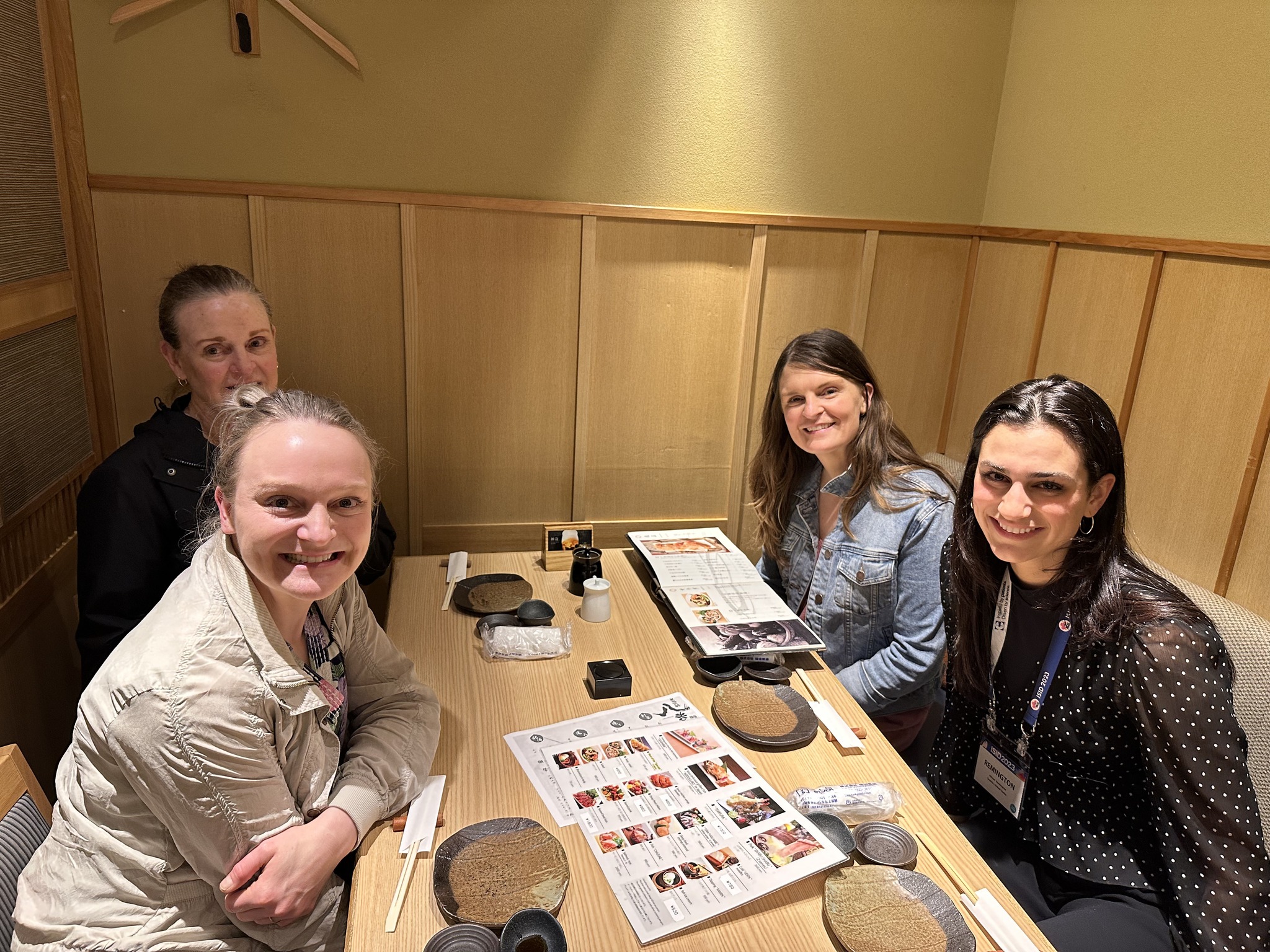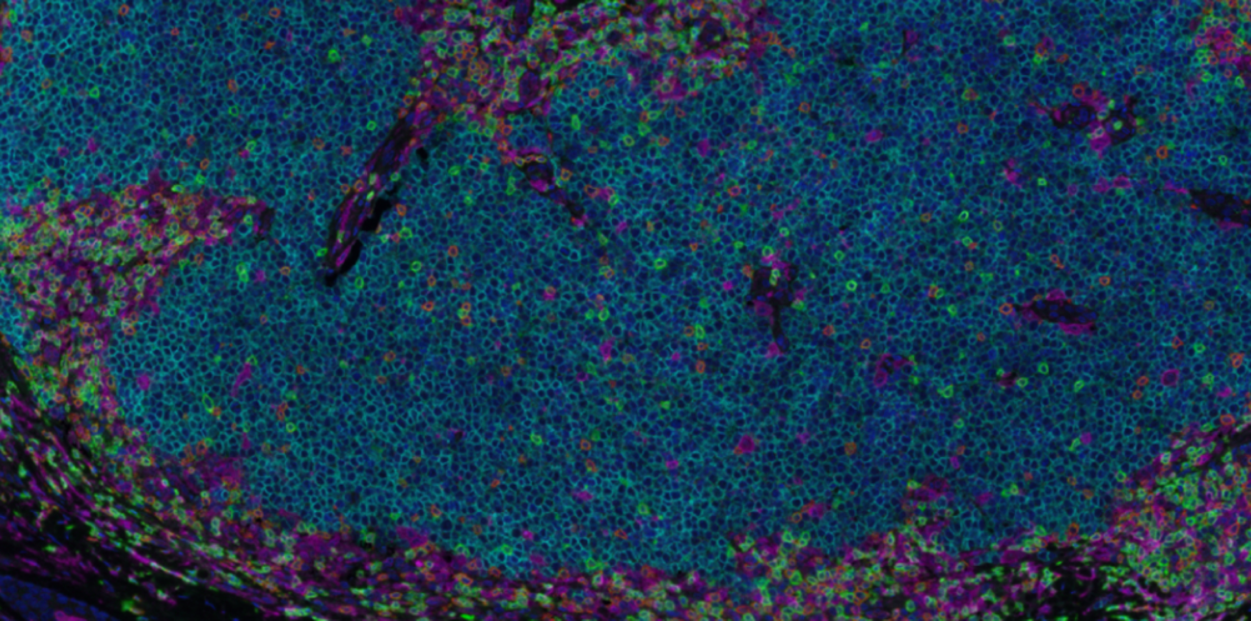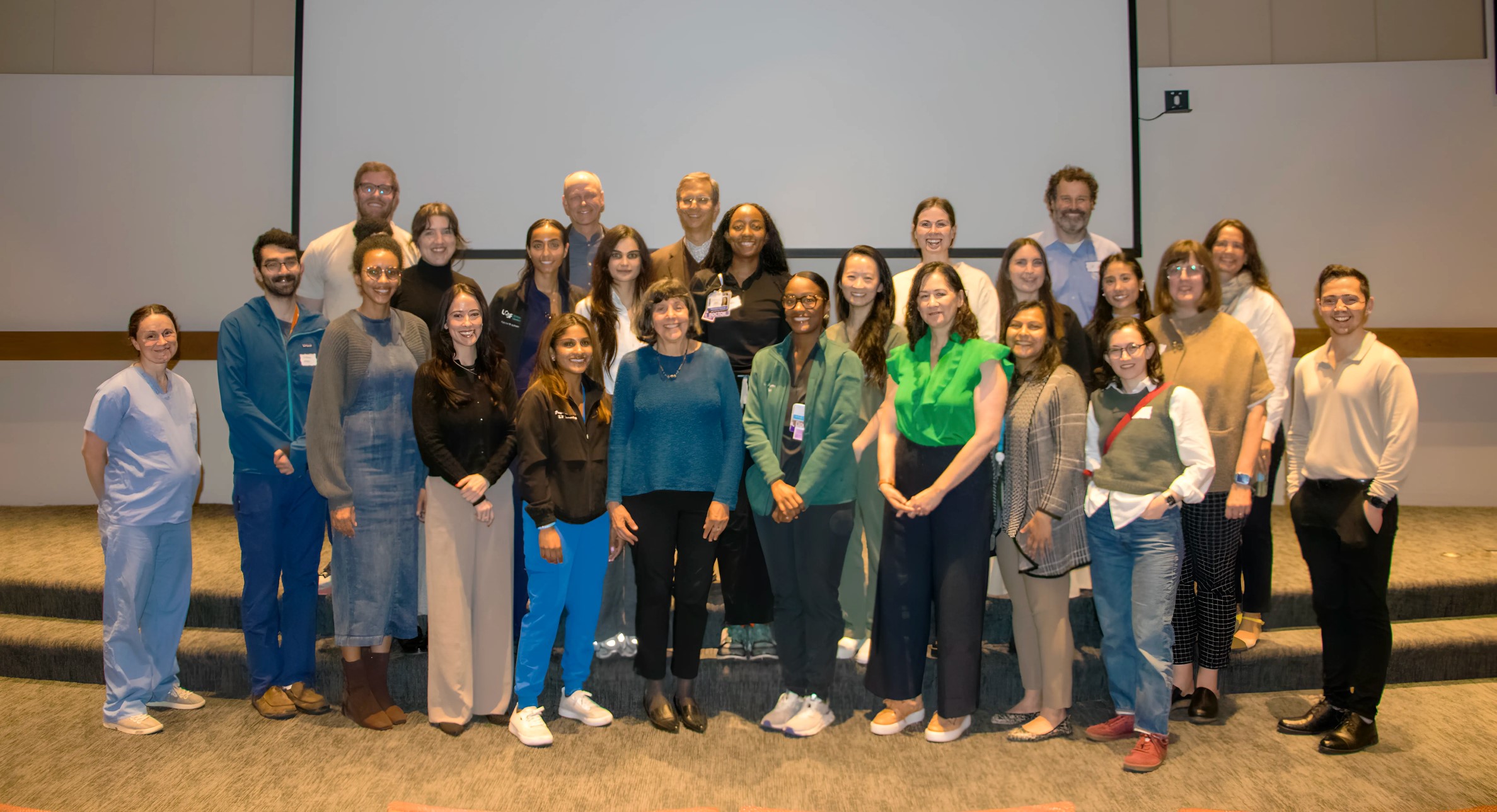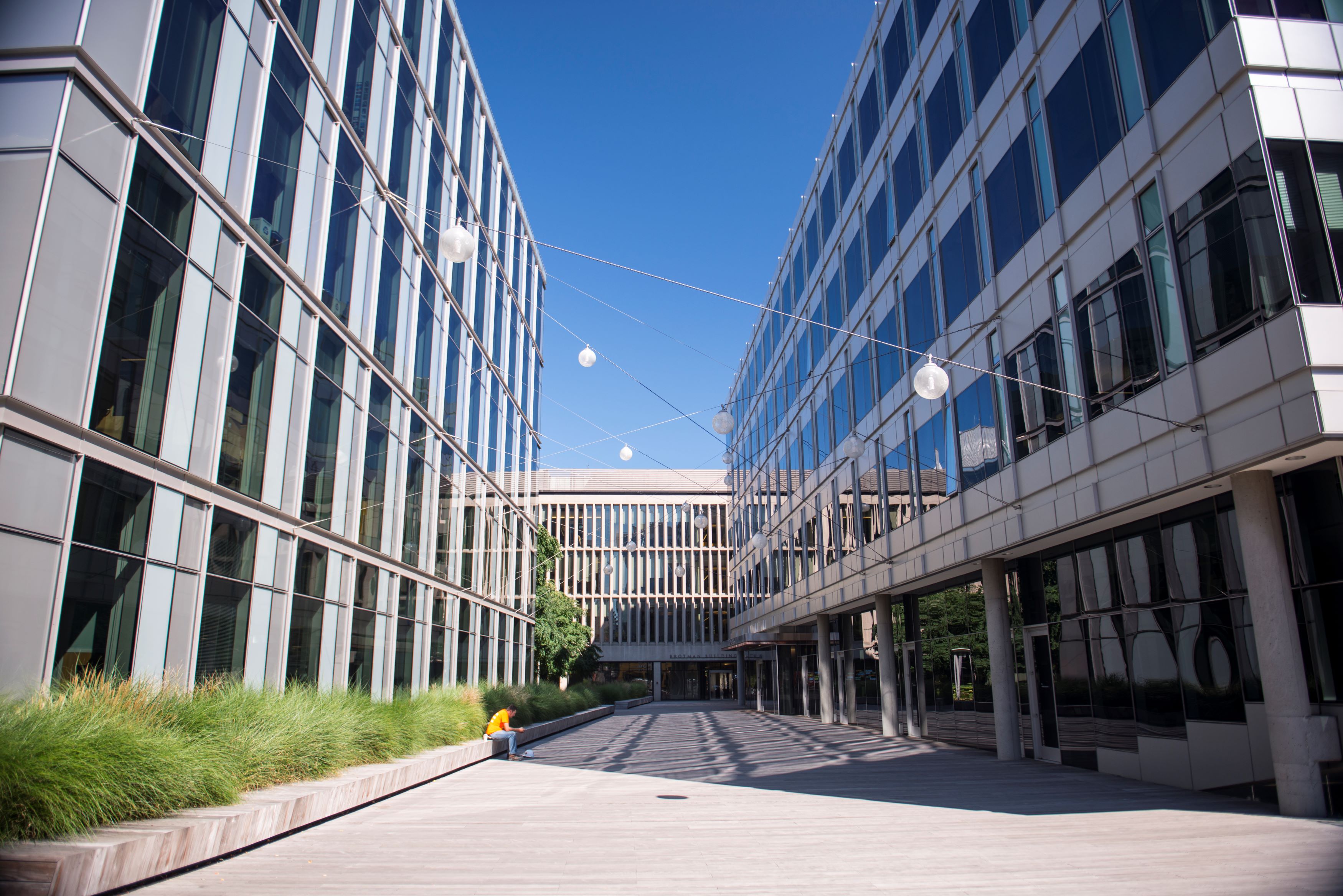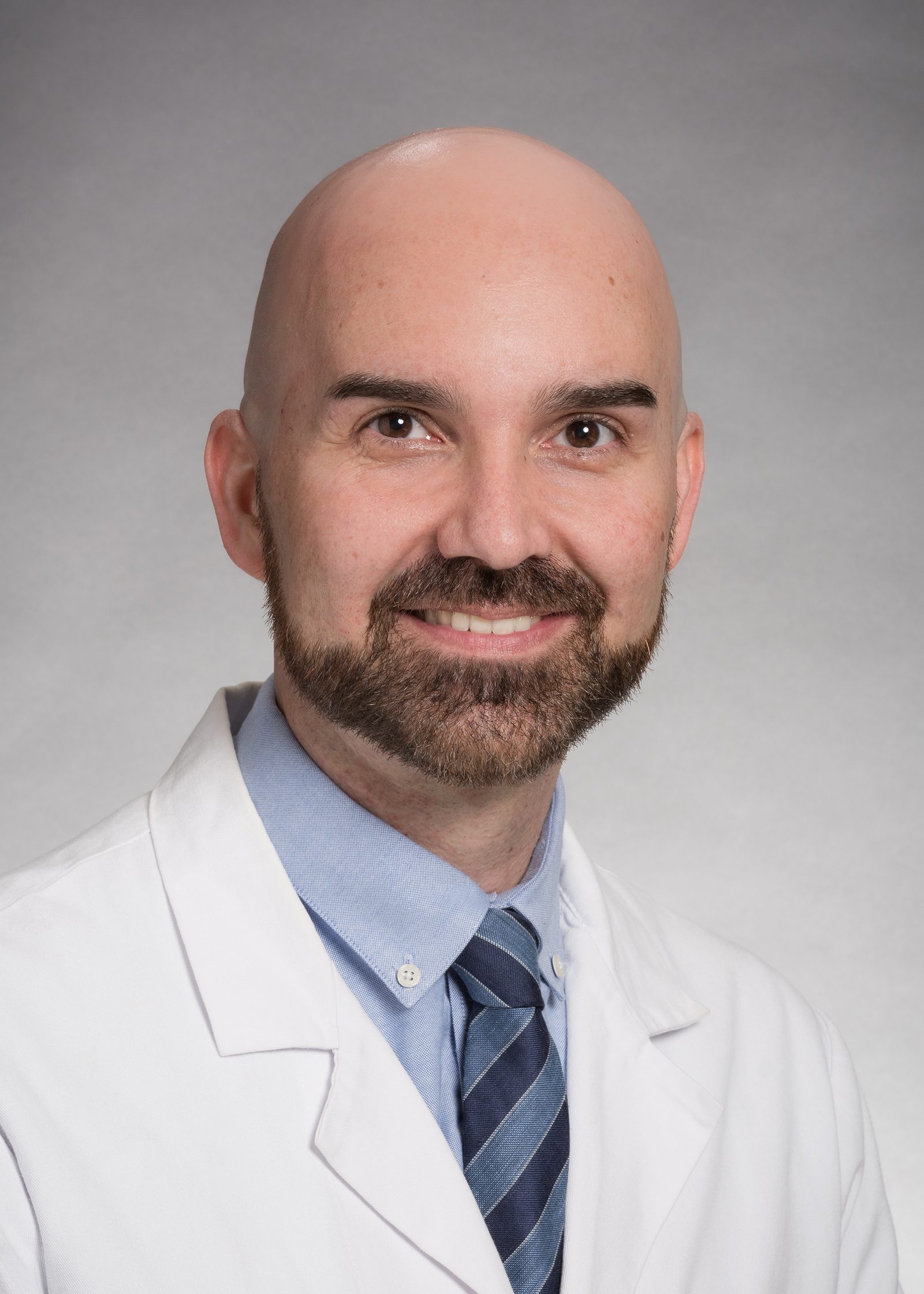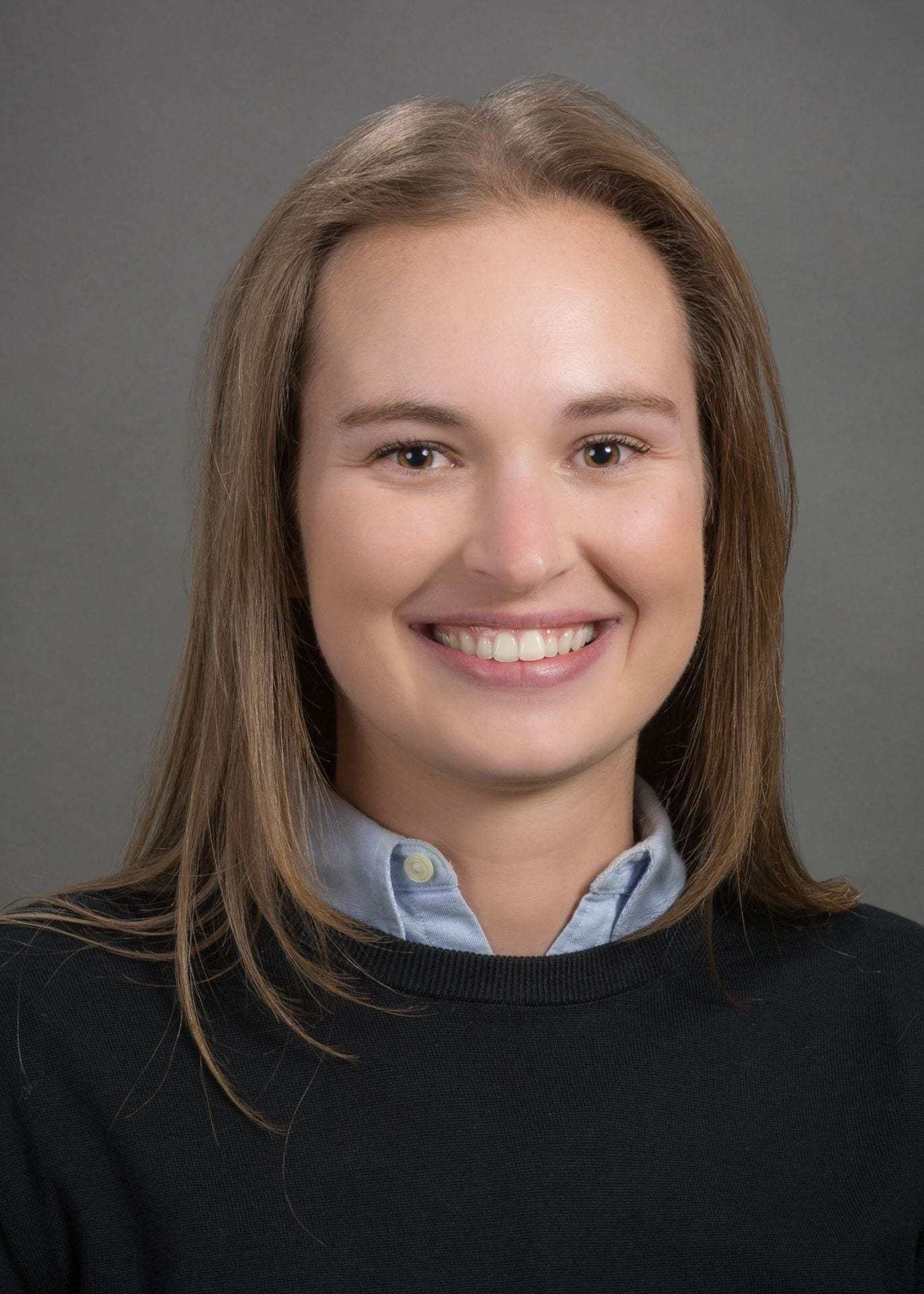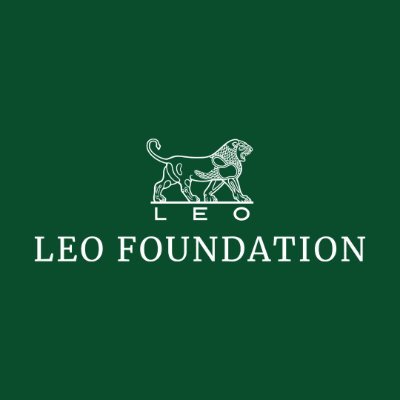
2025 Graduate Spotlight: Lindsay Gunnell, MD
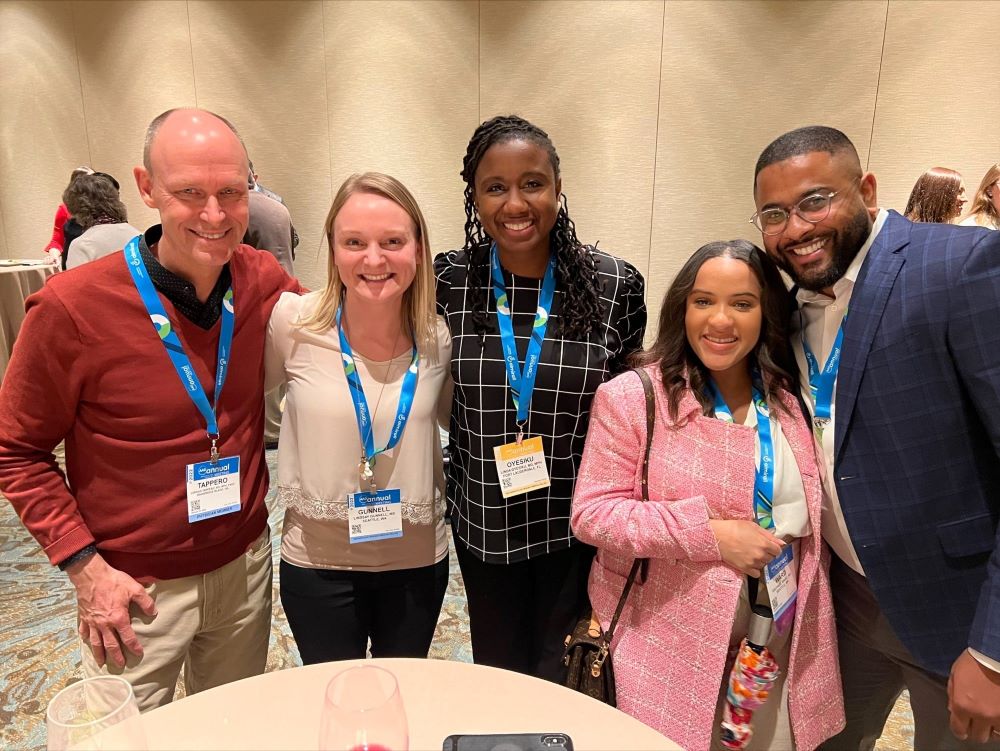

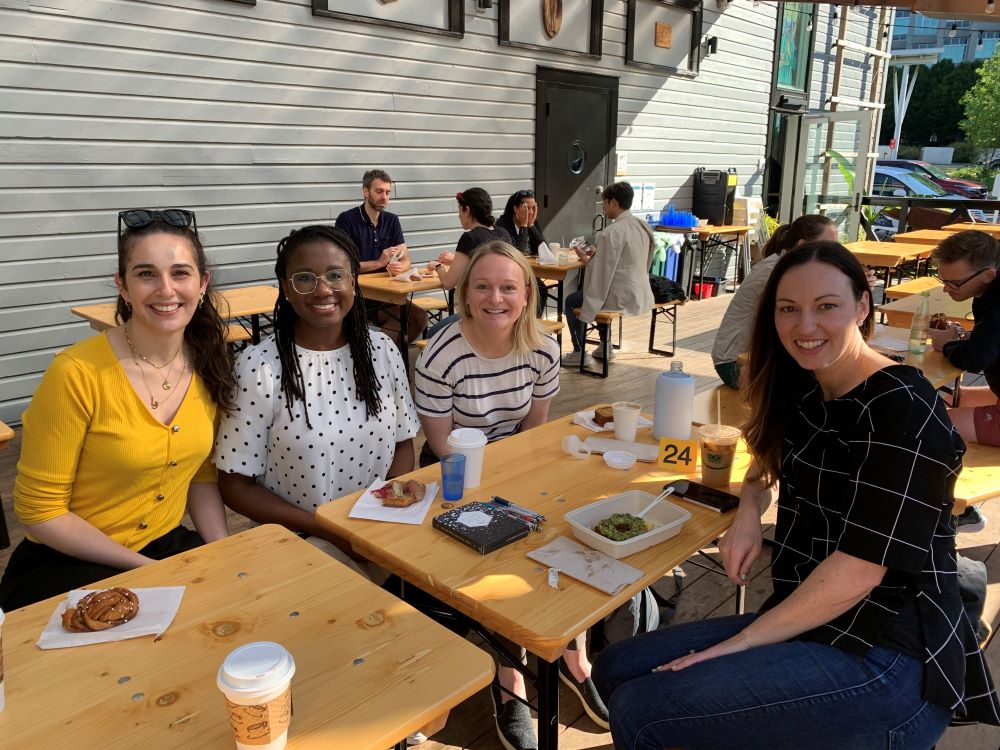
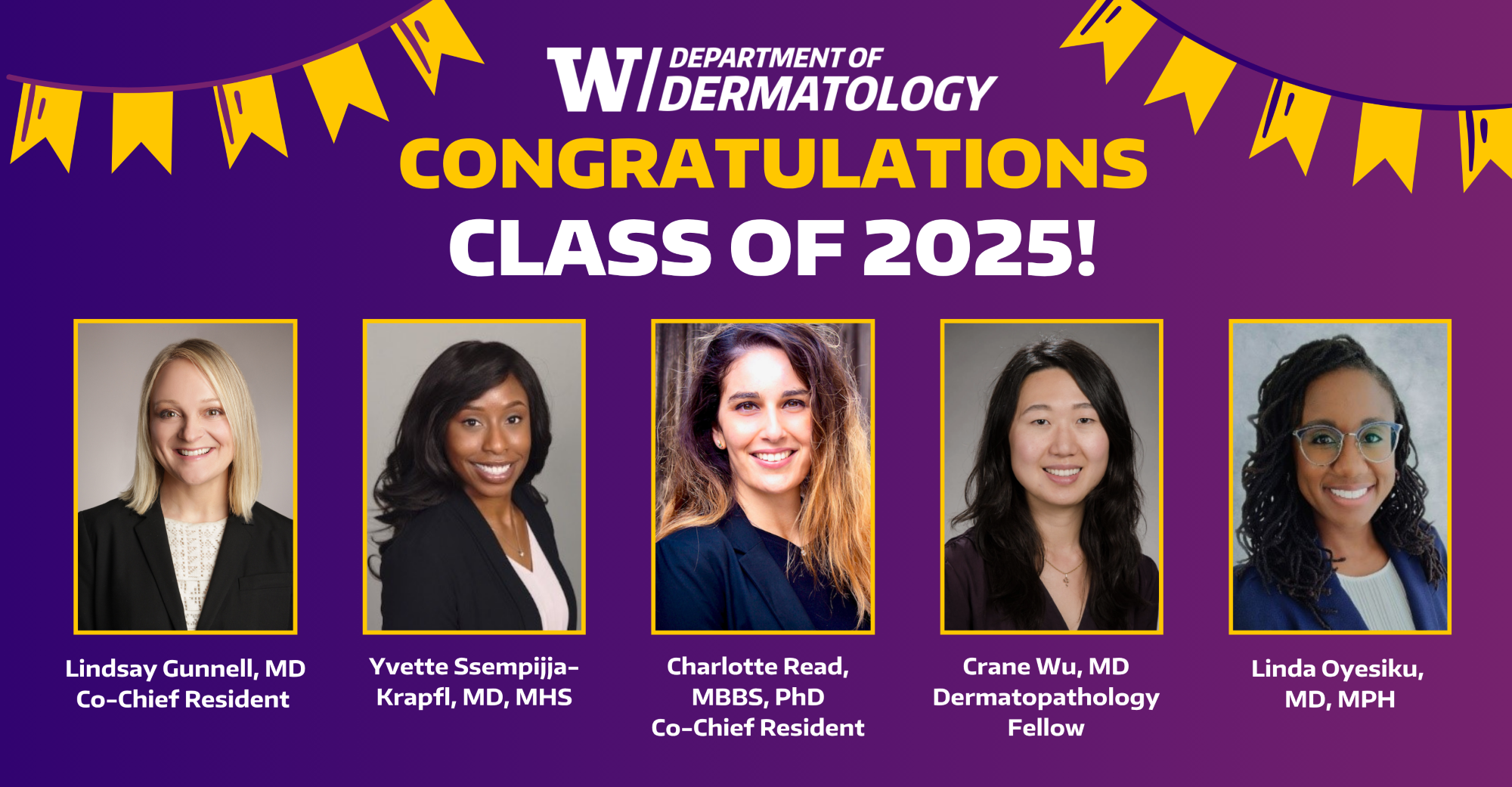
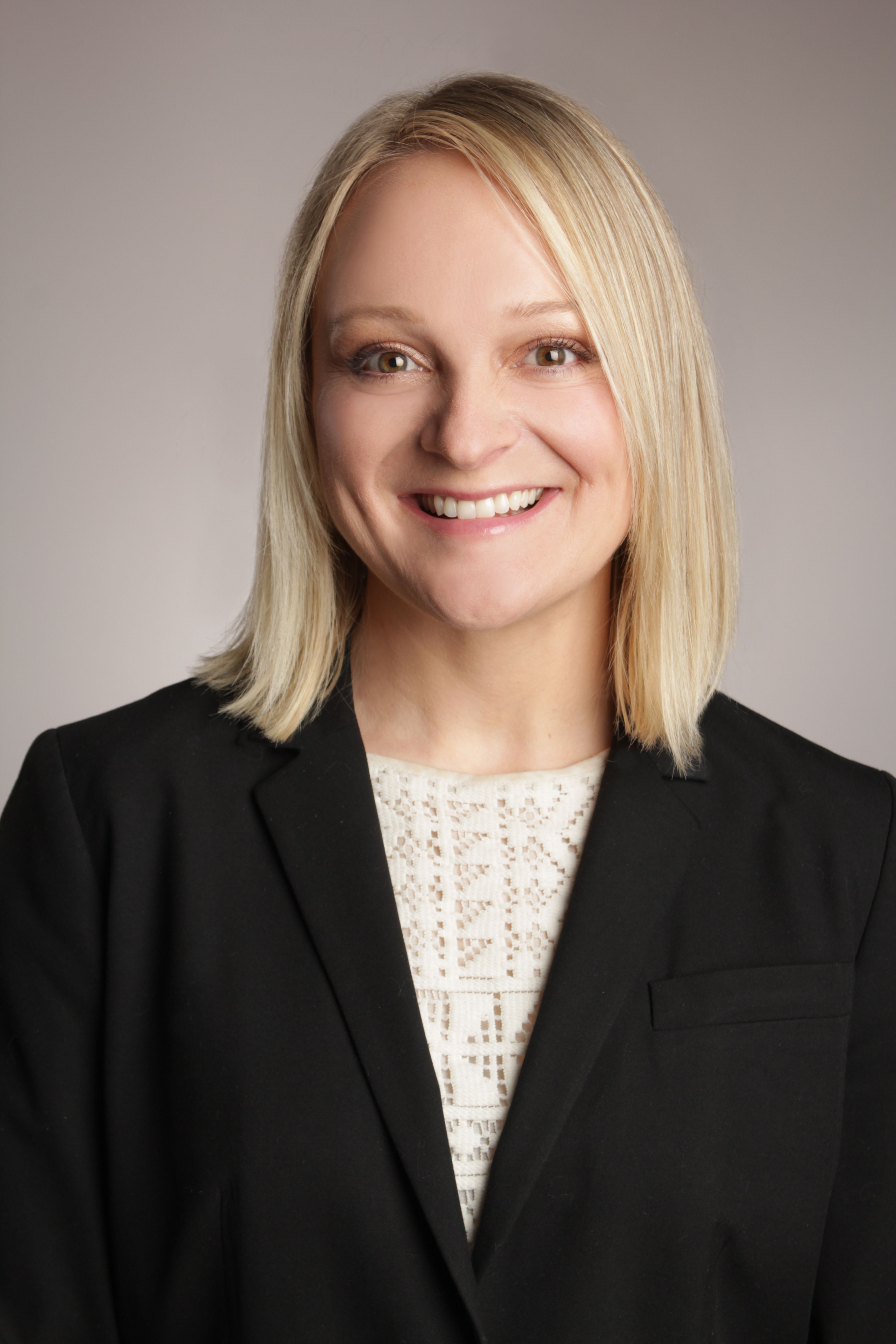 The UW Department of Dermatology thrives on the remarkable contributions of our residents and fellows. Their talent, curiosity, and dedication to exceptional care have consistently led to research breakthroughs and profoundly improved patient lives, leaving an indelible mark on our program.
The UW Department of Dermatology thrives on the remarkable contributions of our residents and fellows. Their talent, curiosity, and dedication to exceptional care have consistently led to research breakthroughs and profoundly improved patient lives, leaving an indelible mark on our program.
With graduation happening this month, we caught up with the Class of 2025 to hear their reflections on their training experience and learn about their exciting post-graduation plans!
Please join us in congratulating Co-Chief Resident, Lindsay Gunnell, MD!
GRADUATE q&a
Undergraduate School: Brigham Young University
Undergraduate Major: Neuroscience
Medical School: University of Arizona College of Medicine – Tucson
Training: Family Medicine Residency, University of Washington Valley Medical Center Program
Area of subspeciality focus: Pigmented lesions/oncodermatology and eventually, dermatopathology

What is next for you after graduation?
I am so humbled to call UW my home next year as I start a faculty role! I’ll be doing general dermatology at Roosevelt and South Lake Union and also have a pigmented lesion clinic working with the VECTRA imaging system at Fred Hutch. I’ll be here for 1 year and then begin as the UW dermatopathology fellow in 2026.
What are your future career goals?
I always knew oncodermatology would be part of my career but really fell in love with dermatopathology after residency started. I hope to help UW and Fred Hutch expand in the future and continue to stay a part of the UW family as faculty as both a dermatopathologist and pigmented lesions specialist.
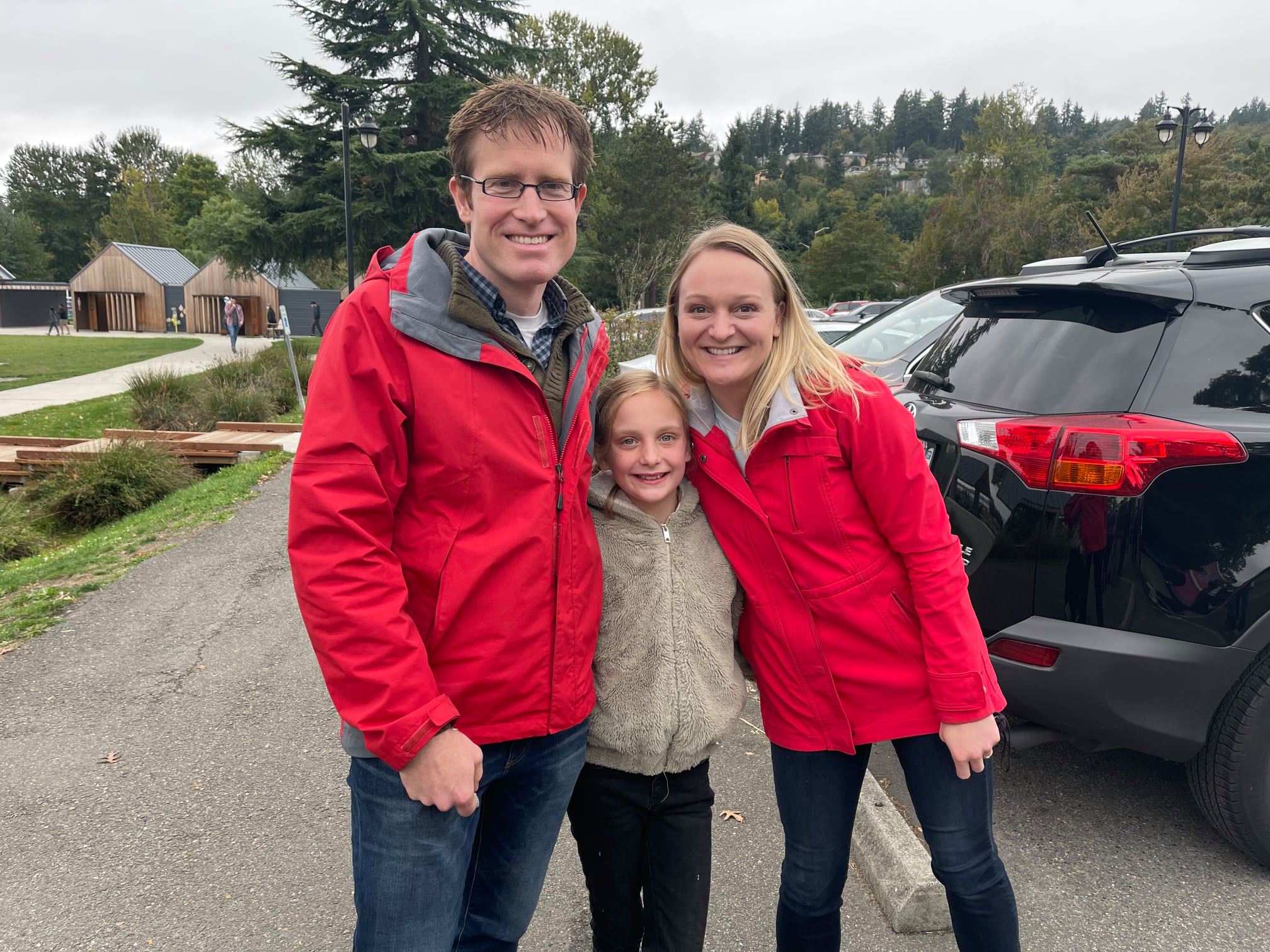
What do you value most about your training experience at UW Dermatology?
The genuine passion the teaching faculty have here is unmatched. But what I valued the most was the humility the leadership showed – listening to residents as equals and incorporating countless ideas into making UW better not only for patients but for the residency program as well.
What accomplishments in residency are you most proud of?
I am most proud of my work in advocating for melanoma care and sunscreen reform. Throughout residency I did extensive research on the state of sunscreen regulation, safety and efficacy as well as melanoma screening culminating in two Grand Rounds presentations. I helped push forward the conversation at UW and Fred Hutch regarding total body photography and serial digital dermoscopy as the gold standard for melanoma screening and advocated for FHCC to obtain a VECTRA imaging system. I also participated in numerous radio interviews regarding melanoma prevention and sun safety as well as speaking to US Congress during a day of advocacy for reforming FDA regulation surrounding sunscreen.
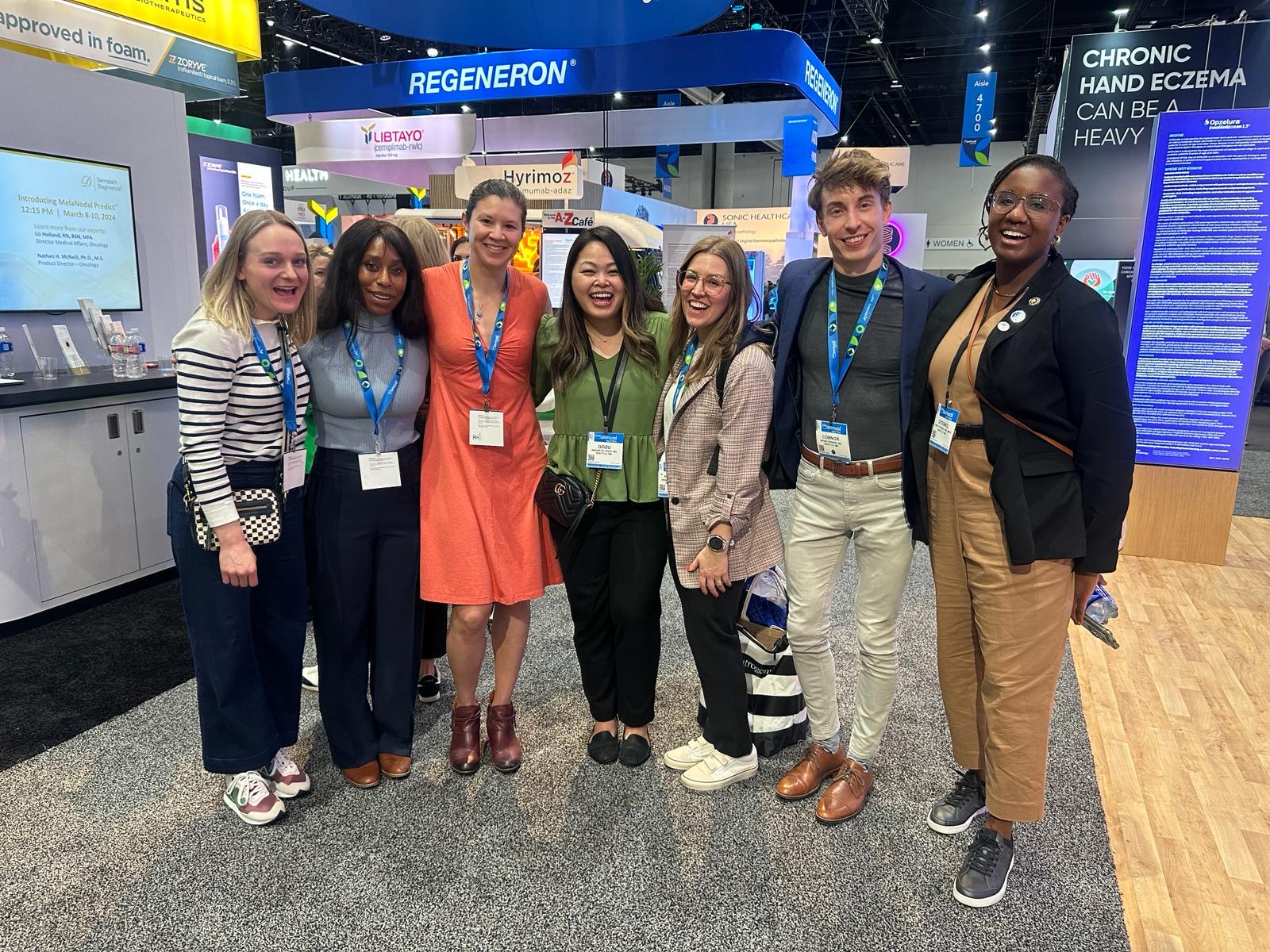
Who were your mentors and how did they support you?
Paul Nghiem, Michi Shinohara and Markus Boos were my biggest cheerleaders. Each played a different part in my journey with Dr. Nghiem giving me my start and mentoring me throughout my time on research, how to speak at conferences and how to write an excellent academic paper. Dr. Shinohara sparked my passion in dermatopathology and taught me both by example and in countless hours before clinic about work-life balance. Dr. Boos and I got to work closely during my chief year and his genuine passion for learners and tireless work teaching helped me realize I wanted to stay in academic medicine.

What advice would you share with incoming dermatology residents?
It’s a marathon and there is a time and a season for learning it all. At first you will feel like you don’t have enough time to study but later you will reflect on just how critical your on-call experiences were to your deep understanding of dermatology. Then later after all the call days are over and you’ve hung up your pager there will even be times you miss seeing a critical patient and being a lynchpin in their care.
What’s your favorite story or memory from residency that you still think about?
One of my favorite memories during residency was attending the play at the Seattle Rep Theater, “I Am Not Your Perfect Mexican Daughter.” It was right as we were all able to get together again and then we gathered at Dr. Boos’ house to talk about it afterward. We did so many of these experiences during residency (Seattle Art Museum, Narrative Medicine) where we took art or poetry or theater and connected it to the study of dermatology, the patient experience and ultimately how to learn to be better doctors.
